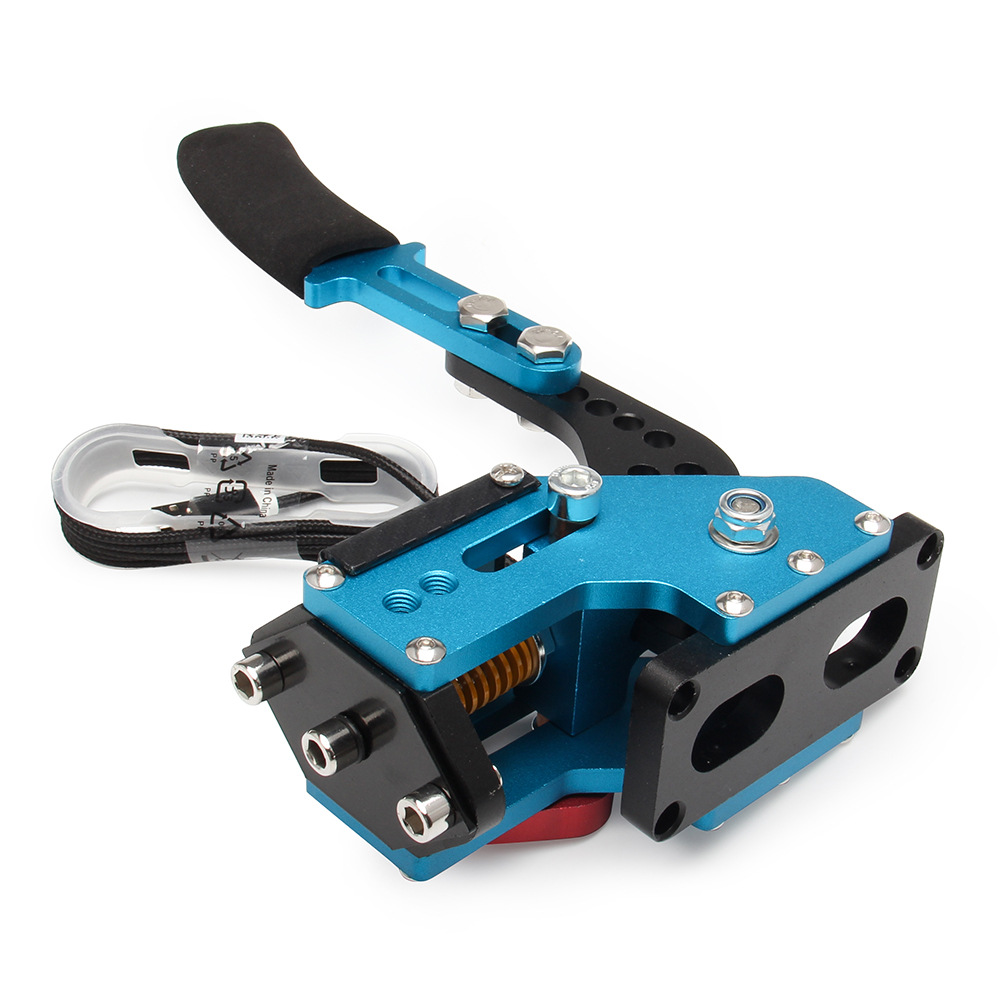

And if you’re open to buying a Windows laptop, choosing between an M1 MacBook and a competitor like a late-model Dell XPS 13 is just as tricky, since Intel-powered Windows 10 PCs have no architecture-compatibility issues between their software and processors. This mode is called "Rosetta 2." (The original Rosetta came into play during Apple's ages-ago transition from PowerPC chips to Intel.)Īll of this complicates the decision of whether or not to upgrade to an M1 Mac from an older Intel one. This is because apps designed for Intel processors run in emulation mode on M1 processors, a situation akin to towing your car instead of driving it. In some cases, these apps aren’t much faster on an M1 Mac than they are on an Intel Mac. And that means that a lot of apps that have been around for a while will need to be redesigned to take full advantage of the entirely new CPU architecture that the M1 uses. Mac software has spent more than 15 years running on Intel x86 processors. Lightning-quick app launches, speedy video transcodes, and the potential for as much as 29 hours of battery life? Yes, please.īut Apple’s M1 chip doesn’t live up to its full potential all of the time, at least not yet. The brand-new M1 processor available in Apple’s latest MacBook Pro, MacBook Air, and Mac mini offers a groundbreaking blend of performance and efficiency, at least in theory.



 0 kommentar(er)
0 kommentar(er)
